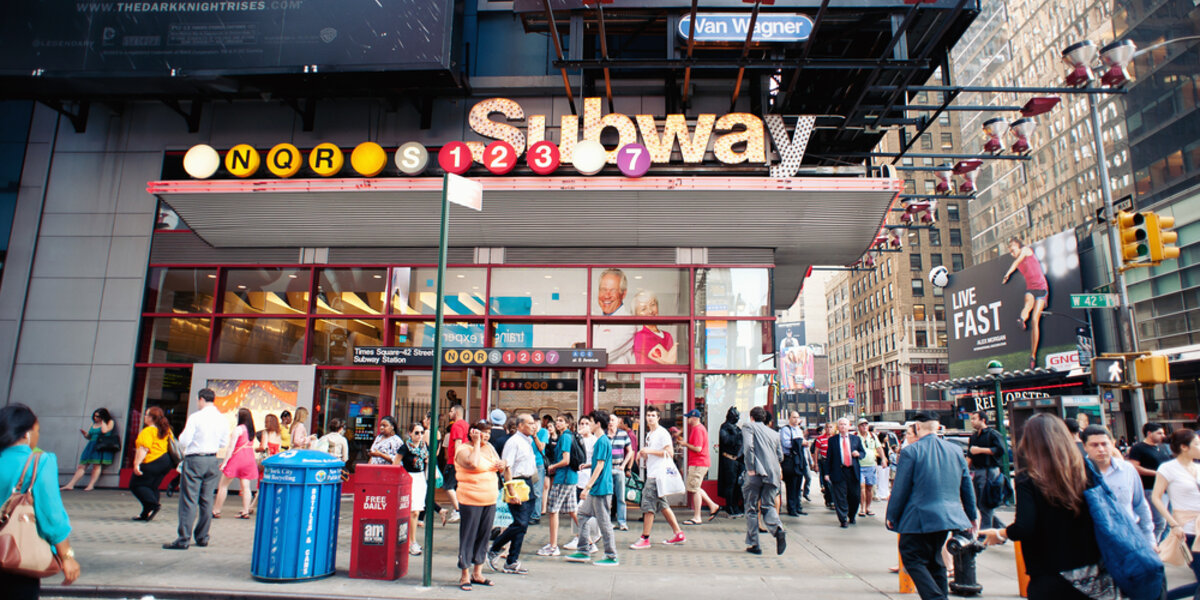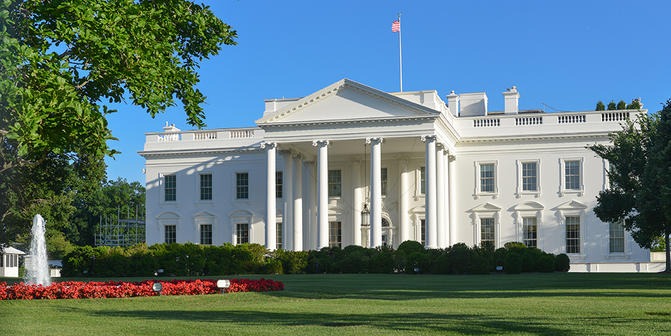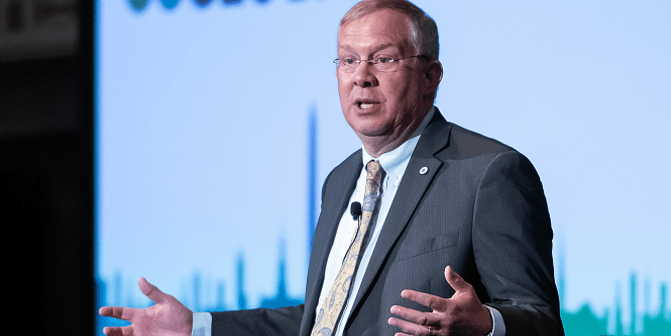Americans Are Saying Yes To Public Transporation
Let's Save Energy
Alliance to Save Energy's Blog
Americans Are Saying Yes To Public Transporation

Public transportation is a daily reality for many, and when you’re riding the subway or taking the bus to work, you may feel like you have all the information you need about your commute. But even if you know how to navigate your city without a car – and maybe even without a GPS – there is still more to learn about how these systems are evolving. We’ve highlighted a couple of recent studies that show how the commuting habits of American households have changed. It’s clear that the data supports the transportation goals outlined by the Energy 2030 Commission on National Energy Efficiency Policy, and funding that goes towards public transportation is both effective and necessary.
According to a recent report by the American Public Transportation Association (APTA), more Americans used public transportation in 2013 that in any year since 1956, with users taking 10.7 billion trips. In total, ridership has increased by 37.2% since 1995, outpacing population growth and vehicle miles traveled. That is a lot of energy saved on daily commutes.
APTA in part attributes the increase to the economic recovery as more people begin to rely on public transportation to get to work. However, the President of APTA believes the inverse is also true: unemployment rates decrease as more people have access to job opportunities through transit.
APTA’s findings coincide with a U.S. PIRG report from 2013 showing that Americans in almost every state have been driving less each year since 2004. The study ruled out a direct connection between economic slowdown or increased city populations and driving rates. There are many different factors influencing the trend, but in part people may simply be nixing cars to make their commutes more energy efficient.
Finally, to spotlight a state often associated with bumper to bumper traffic (at least in the LA area), the California Household Travel Survey found the percentage of trips made by walking, biking and public transit has more than doubled in the state since 2000. The survey, conducted by the California Department of Transportation (Caltrans), found that in the year 2000 11% of household trips were taken using car-alternative methods, and that number has increased to nearly 23% in 2014.
How do these studies relate to the Energy 2030 goal to double U.S. energy productivity? The transportation sector accounts for 28.1% of our country’s energy use, which means even small changes can impact overall productivity significantly. If public transportation usage continues to rise and if the government continues to invest in infrastructure, the US will save energy, increase energy security and improve the environment. Ride on!
STAY EMPOWERED
Help the Alliance advocate for policies to use energy more efficiently – supporting job creation, reduced emissions, and lower costs. Contact your member of Congress.
Energy efficiency is smart, nonpartisan, and practical. So are we. Our strength comes from an unparalleled group of Alliance Associates working collaboratively under the Alliance umbrella to pave the way for energy efficiency gains.
The power of efficiency is in your hands. Supporting the Alliance means supporting a vision for using energy more productively to achieve economic growth, a cleaner environment, and greater energy security, affordability, and reliability.



